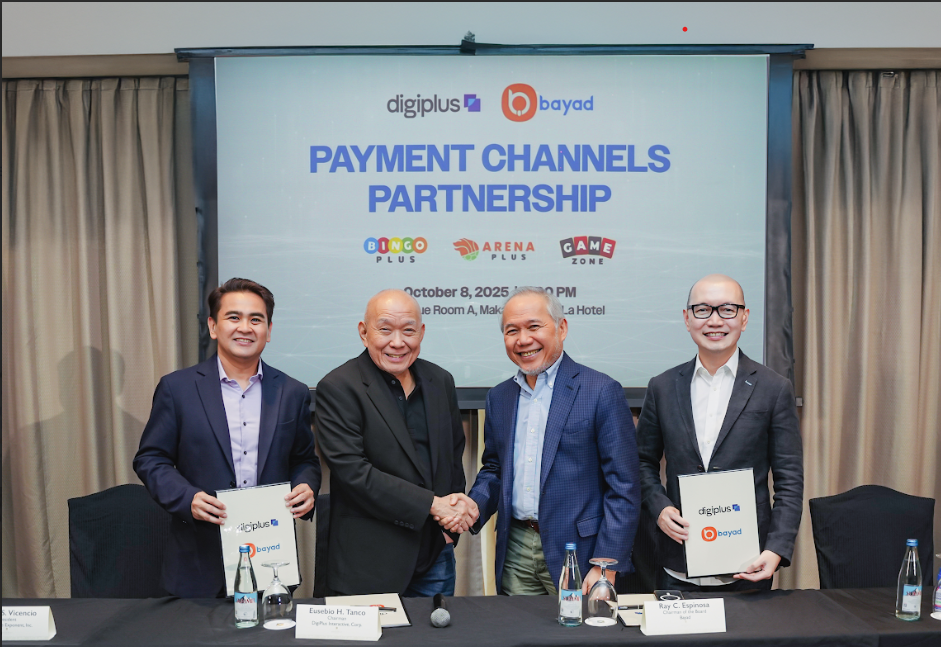In the Philippines, Christmas is more than a holiday. It is a season that begins in September and stretches into January, making it the longest festive period anywhere in the world. For Filipinos, it is a celebration of faith, culture and family that continues long after the 25th of December.
When most countries are still thinking of summer trips or back-to-school shopping, Filipinos are already putting up Christmas lights, turning up carols and planning family gatherings. The official holiday is still December 25, but the atmosphere of joy takes over the nation four months earlier.
The ber months tradition
September, October, November and December are known locally as the “ber months.” Once September arrives, the mood changes. Radio stations switch to carols, shopping centres decorate their spaces with lights, and families start talking about reunions. Beginning early is not just about loving the holiday. It reflects the importance of anticipation and togetherness in Filipino life.
Faith and history
With more than 80 per cent of its people identifying as Roman Catholic, the Philippines places Christmas at the centre of its religious calendar. The practice of preparing for festivals weeks in advance can be traced back to Spanish colonial rule when Catholic celebrations lasted for extended periods. Over time, September became accepted as the start of the Christmas season.
Family ties and festive food
Christmas is also the main period for family reunions. Many Overseas Filipino Workers return home during this time, which makes the long season even more valuable. Food is central to the experience, with popular treats like bibingka and puto bumbong sold after church services. The much-loved Noche Buena feast on Christmas Eve is planned months in advance, with families saving up to make it memorable.
How the world compares
In most countries, Christmas decorations do not appear until late November or early December. In the United States, the season begins after Thanksgiving, while in many European nations it starts with Advent. The Philippines is different because the season opens with the first day of September. For Filipinos, starting early is a matter of pride and reflects their hospitality and joy.
Celebrations beyond December
What makes the Filipino tradition more unique is how long it continues. The season does not end on December 25 but flows into January with the Feast of the Three Kings, also known as Epiphany. In some places, festivities merge with New Year celebrations, keeping the festive spirit alive for weeks after Christmas Day.
Christmas in the Philippines is more than a date on the calendar. It is a way of life built on faith, generosity and family bonds, showing the world how joy can last almost half the year.











